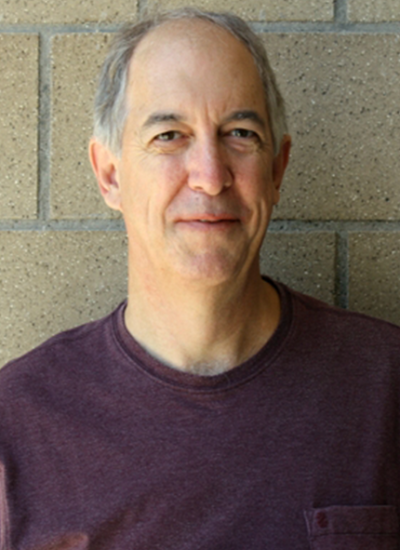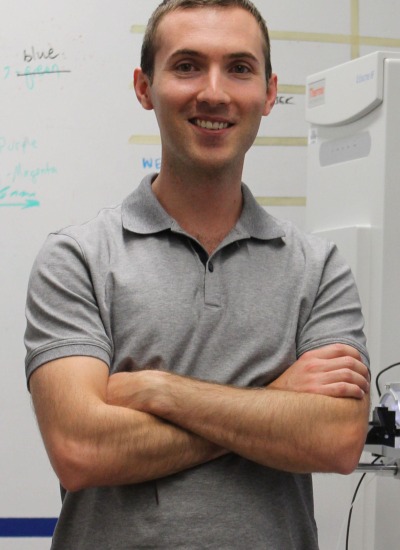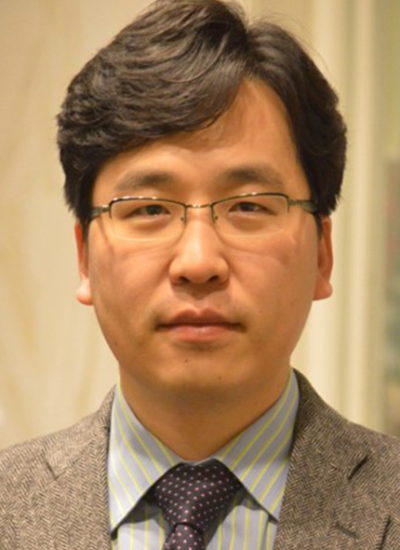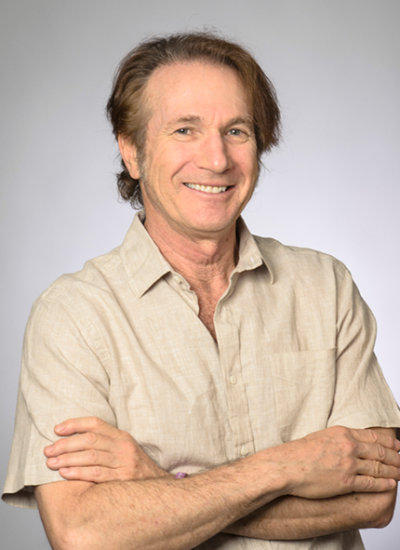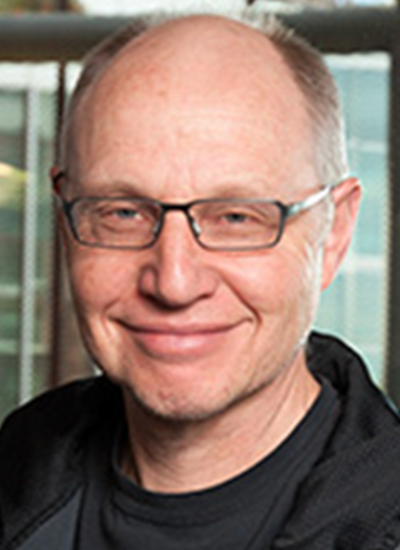William Montfort, PhD, determines the atomic structures of proteins and seeks to understand how protein structure gives rise to protein function – both in vitro and in living cells. At their heart, the problems have a fundamental structure-function question, but also address questions of importance to human health. Approaches include X-ray crystallography, rapid kinetic measurements, spectroscopy, theory, protein expression, drug discovery, molecular genetics and related techniques.Dr. Montfort is particularly interested in nitric oxide signaling mechanisms. Nitric oxide (NO) is a small reactive molecule produced by all higher organisms for the regulation of an immensely varied physiology, including blood pressure regulation, memory formation, tissue development and programmed cell death. He is interested in two NO signaling mechanisms: binding of NO to heme and the nitrosylation (nitrosation) of cysteines. NO, produced by NO synthase, binds to soluble guanylate cyclase (sGC) at a ferrous heme center, either in the same cell or in nearby cells. Binding leads to conformational changes in heme and protein, and to induction of the protein’s catalytic function and the production cGMP. NO can also react with cysteine residues in proteins, giving rise to S-nitroso (SNO) groups that can alter protein function. He continues to study the mechanistic details surrounding cGMP and SNO production, and the signaling consequences of their formation.For reversible Fe-NO chemistry, Dr. Montfort is studying soluble guanylate cyclase and the nitrophorins, a family of NO transport proteins from blood-sucking insects. Our crystal structures of nitrophorin 4 extend to resolutions beyond 0.9 angstroms, allowing us to view hydrogens, multiple residue conformations and subtle changes in heme deformation. For reversible SNO chemistry, he is studying thioredoxin, glutathione S-nitroso reductase (GSNOR) and also sGC. For regulation in the cell, Dr. Montfort and his group have constructed a model cell system based on a human fibrosarcoma called HT-1080, where sGC, NO synthase, thioredoxin and GSNOR can be manipulated in a functional cellular environment. With these tools, they are exploring the molecular details of NO signaling and whole-cell physiology, and undertaking a program of drug discovery for NO-dependent diseases. Keywords: Structural Biology, Drug Discovery, Cancer, Cardiovascular Disease




